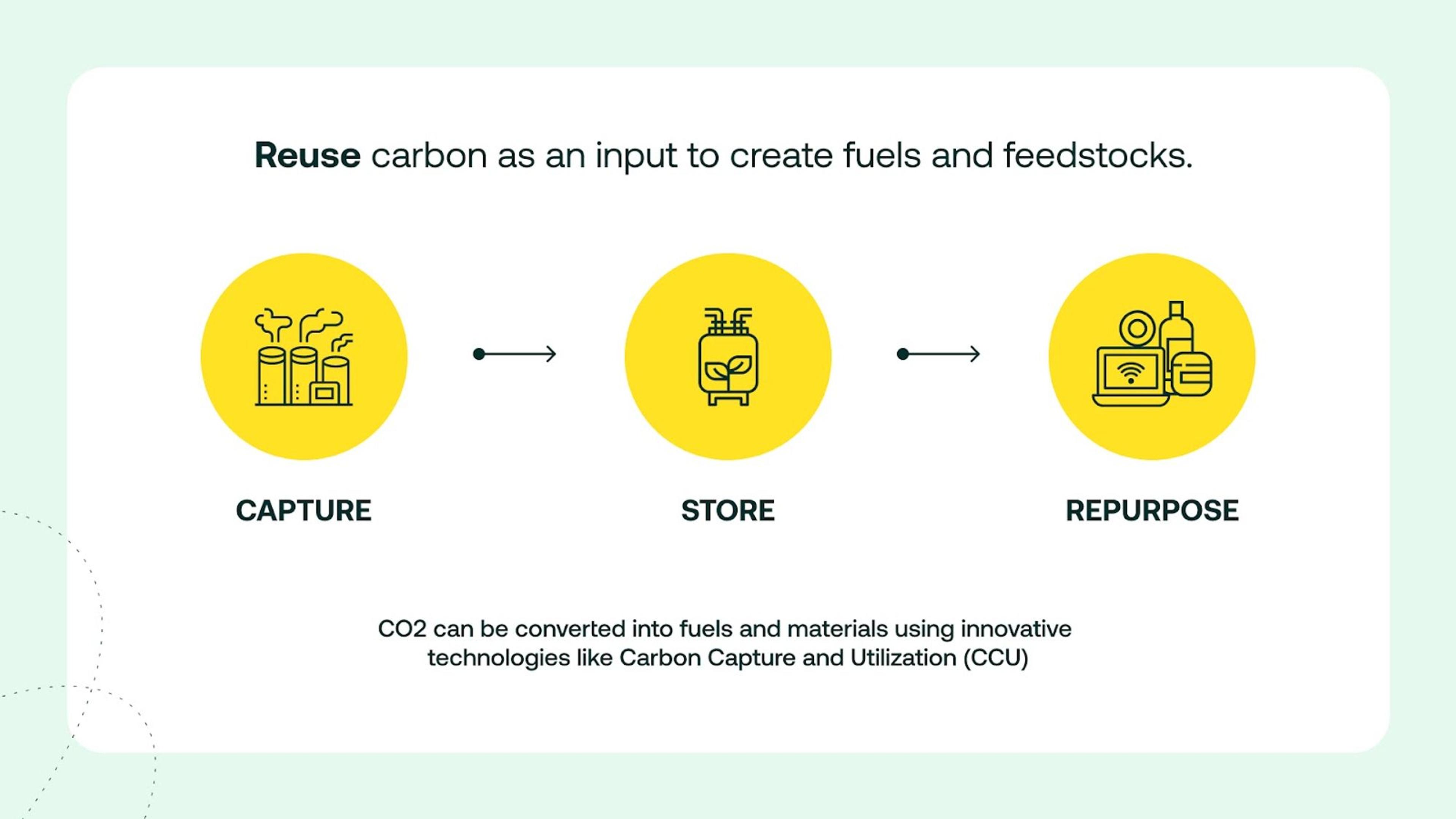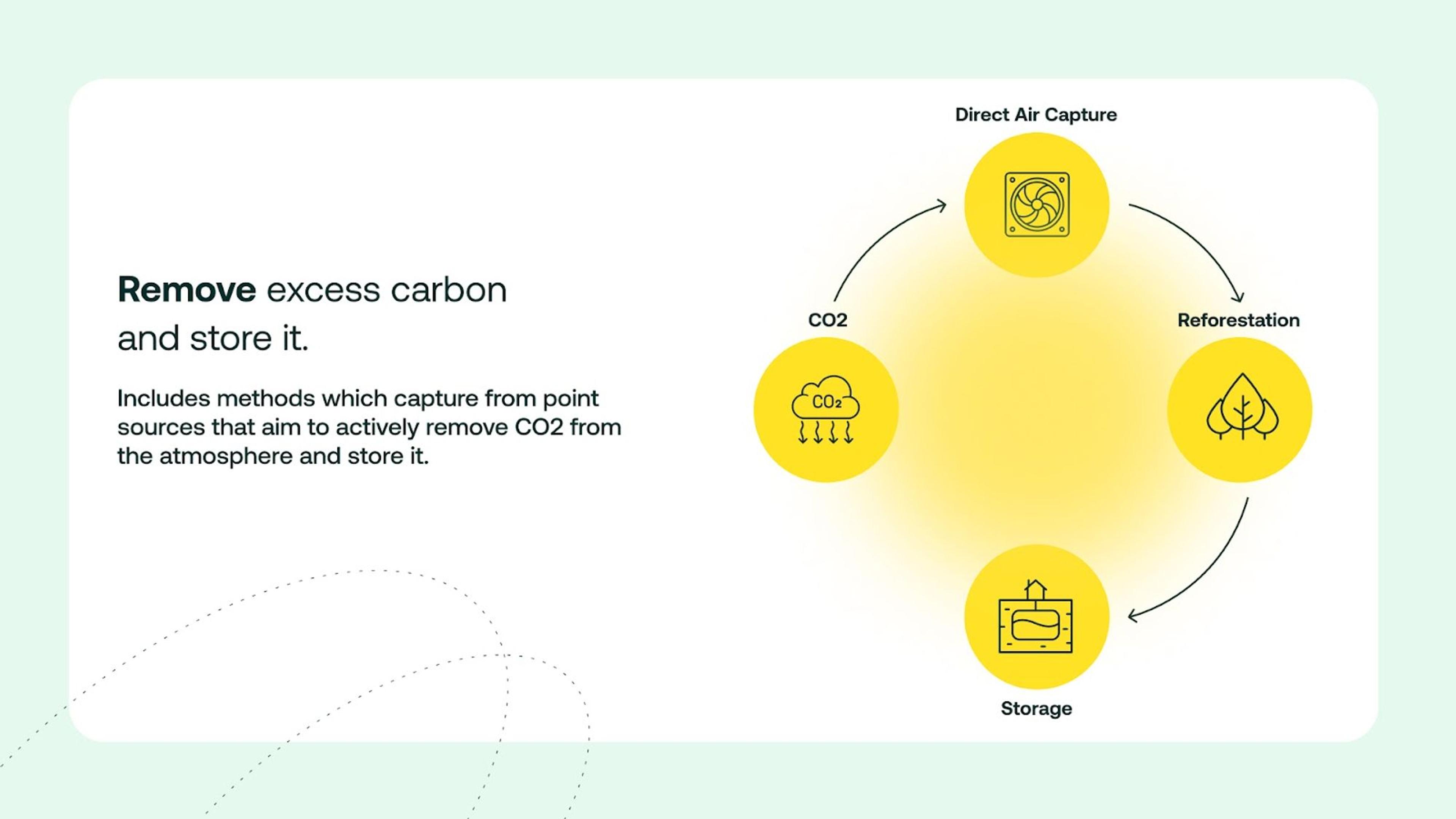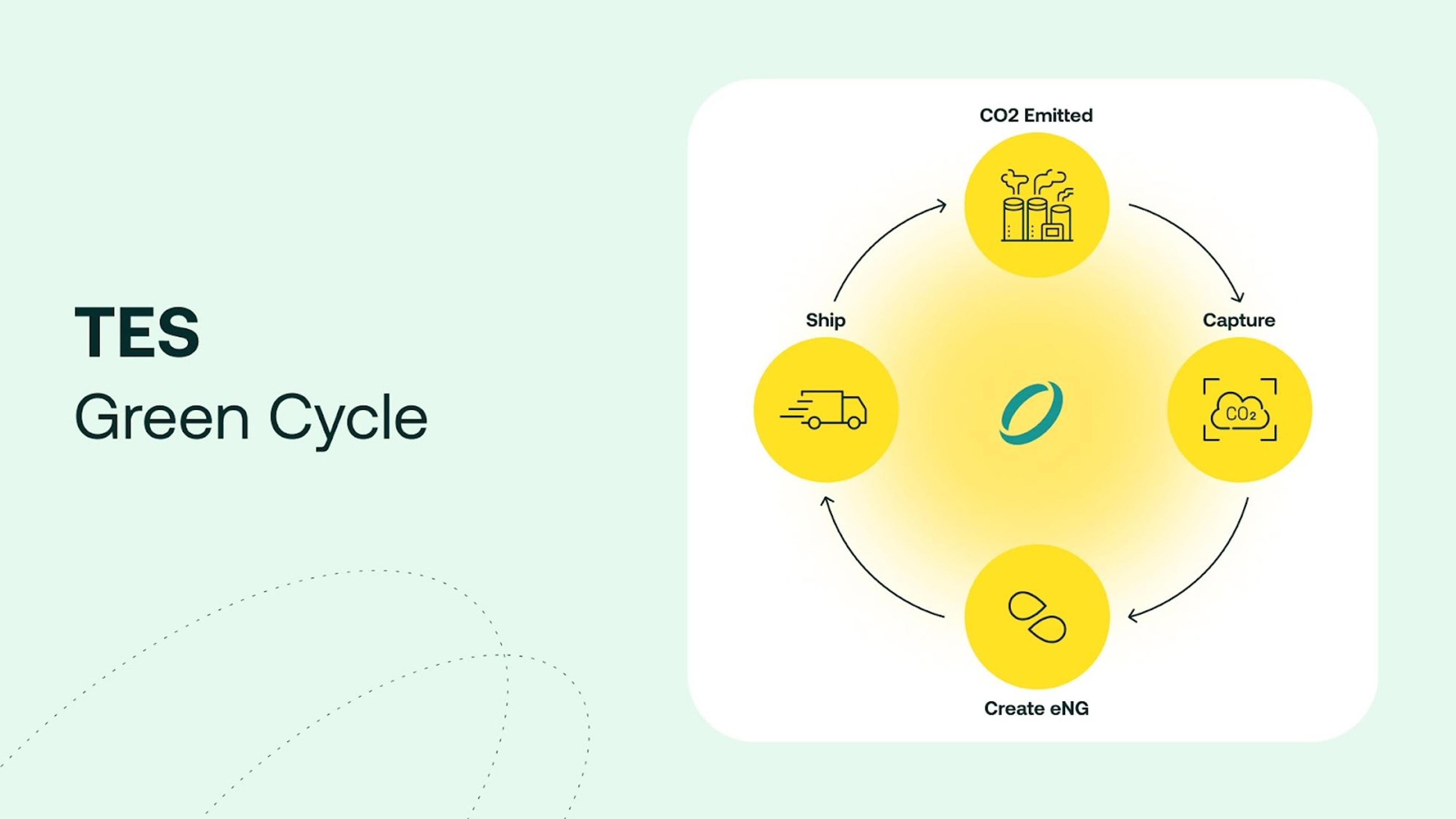
Circular carbon economy: the path to energy transition
November 21, 2023
Reading time: 5 min
Circular carbon economy: the path to energy transition.
In the face of escalating environmental challenges, there are growing calls to upend our energy system and pursue solutions that will manage Greenhouse Gas (GHG) emissions and mitigate the detrimental impacts of climate change.
Historically, we have followed a linear carbon economic system, taking coal, oil and gas from the ground, using it and burning it which results in the CO2 accumulating in the atmosphere without it being used again.

In order to bring these effects, and GHGs, under control it’s necessary to adopt a different approach. One such approach is implementing a circular carbon economic model to manage GHGs and mitigate the detrimental impacts of climate change.
What is the circular carbon economy?
The circular carbon economy is an integrated and inclusive approach to transitioning towards a greener energy system that supports and enables sustainable development while maintaining healthy economic growth.
It uses roughly the same principles of the circular economy – durability, re-use, recycling and remanufacturing – to manage carbon emissions:
- Reduce the carbon that is emitted into the atmosphere.
- Reuse of carbon in one additional step to be repurposed for various applications.
- Recycle carbon through a perpetual cycle where carbon is converted into new products in a closed loop.
- Remove excess carbon and store it.
A closer look at the 4 R’s Framework in the Circular Carbon Economy
Reduce

In this part of the circular carbon economic cycle, we reduce the carbon that is emitted into the atmosphere and overall carbon footprint. To do this, we need to improve energy efficiency, reduce reliance on coal, natural gas and oil, and adopt sustainable practices – like using a car less, switching to electricity from non-carbon based power sources such as solar or wind etc – to limit the release of carbon dioxide in the atmosphere.
Reuse

This refers to the re-use of carbon byproducts or waste materials in one additional step before it is then emitted back into the atmosphere. Instead of treating carbon byproducts as if they were waste immediately, they can be captured and repurposed for various applications. CO2 can be converted into fuels and materials using innovative technologies like Carbon Capture and Utilization (CCU).
Recycle

This refers to the perpetual recycling of carbon-based products. It focuses on the development of processes that enable conversion of CO2 into new products – like plastics and electric Natural Gas (e-NG) – where the CO2 is contained in a circular process.
Remove

This is the removal of CO2 in the atmosphere, through sequestration. This includes methods like capturing from point sources, Direct Air Capture (DAC) and afforestation which aim to actively remove CO2 from the atmosphere and store it.
Circular Carbon Economy in action at TES
At TES, we have developed a model which creates a sustainable carbon cycle which eliminates emissions through a closed carbon loop, we call it our Green Cycle.

Let’s use an example of an industrial plant. Through the burning of fossil fuels and chemical reactions necessary to produce goods, this industrial plant emits CO2 straight into the atmosphere. This is the basis of the linear economic model of take-make-dispose.
We can take an additional step by capturing the CO2 and turning it into something like e-NG to then be transported and used in different industries. However, when the e-NG is burned the CO2 is still emitted into the atmosphere, which falls under the “re-use” part of the circular carbon framework.
At TES we go one step further to close the carbon loop. Before the CO2 is emitted at the end of the last step, we capture it and ship it back so that it can be recycled with green hydrogen to create e-NG. CO2 is never emitted into the air but kept in our Green Cycle.
This new cycle is a disruption for the energy industry because it includes the capture and recycling of CO2 to produce e-NG from green hydrogen in a closed loop.
From this process, we expect a CO2 capture rate of 98% and aim to produce 1 million tons of e-NG by 2030 and save 2.5 million tons of CO2 annually, and this is only the beginning. To make it fully sustainable we will use CO2 from biogenic sources or Direct Air Capture, to make up for the 2% we can’t capture.
The path forward

Adopting a circular carbon economy offers a viable approach to managing carbon emissions currently in the atmosphere and managing the CO2 emitted as well. For this to happen, it will be important to encourage collaboration and partnership between governments, companies and individuals to act quickly to push the transition to renewable energy and advocate for policies that support a sustainable future.
Using the circular carbon economic principles - reduce, reuse, recycle and remove - we can transition to an energy system that keeps as much CO2 from being emitted into the atmosphere as possible, helping mitigate climate change's detrimental impacts and pave the way for a cleaner future.